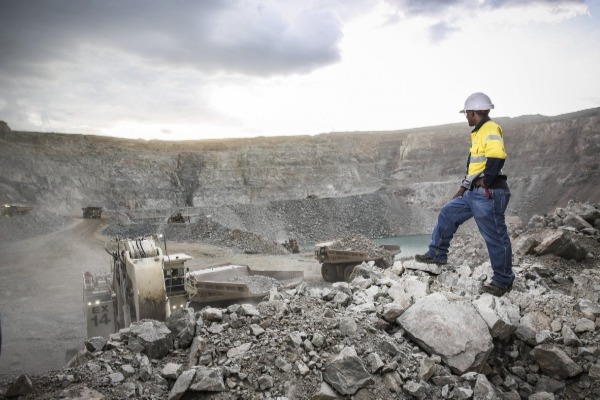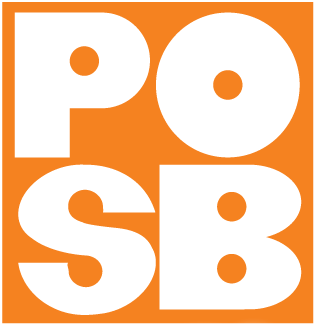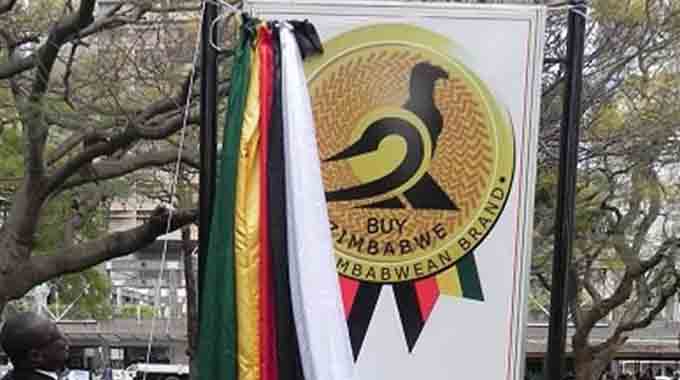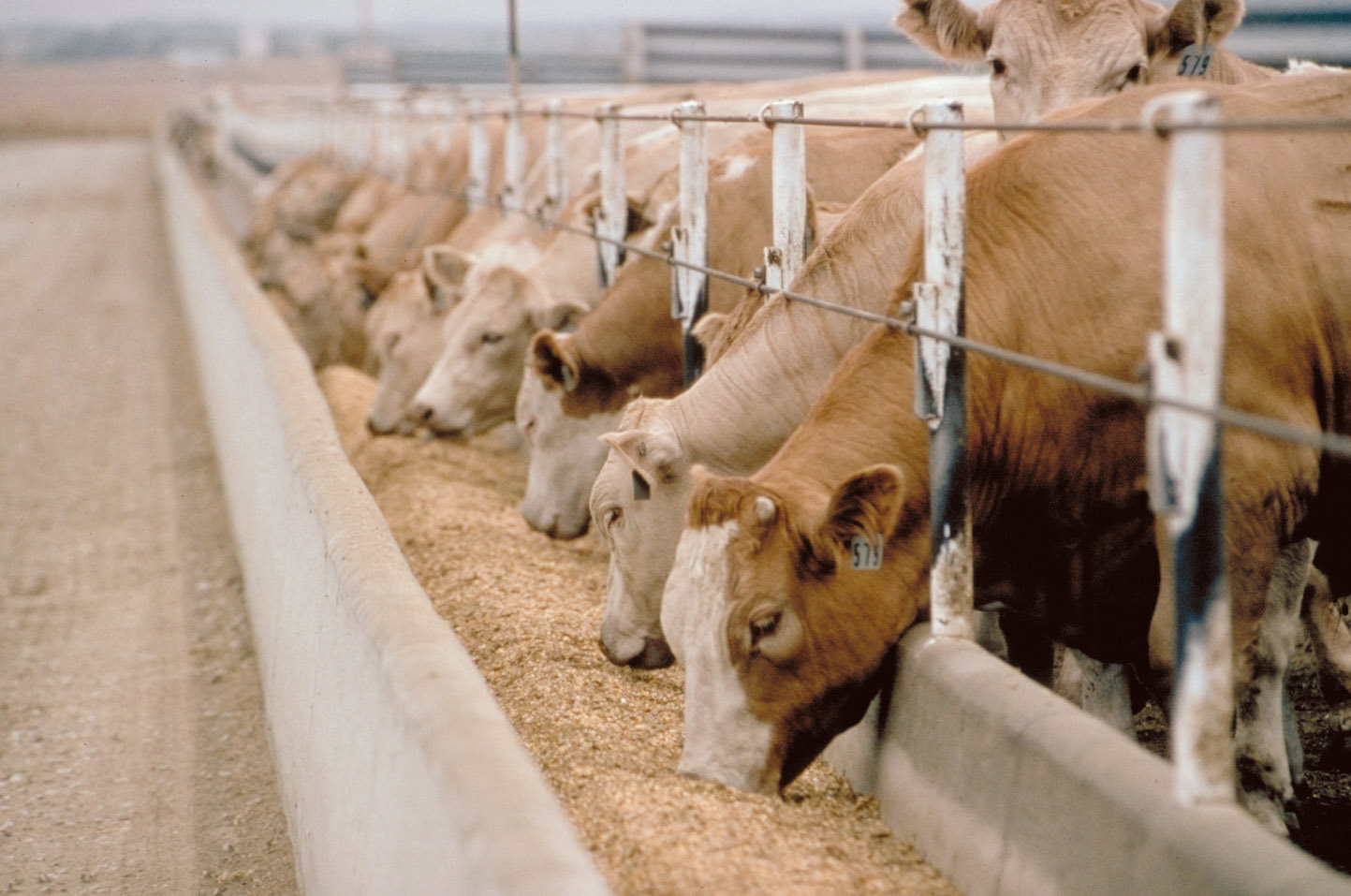El Niño threatens livestock feed prices
LIVESTOCK farmers are being warned to take action as droughts associated with El Niño threaten to increase stock feed prices.
The country has seen low rainfall leading to a shortage of natural pastures, so farmers are being encouraged to prepare by securing their own hay and fodder reserves through baling and ammoniation, to protect against expected surges in stock feed costs.
Ammoniation mixes hay with protein sources to create a balanced diet for livestock, and is especially important during El Niño-induced droughts.
By being strategic about how to prepare, farmers will maximise growth and maintain enough numbers to ensure that national self-sufficiency in meat and dairy is achieved, with potential for future exports. Though prices haven’t changed yet, the availability of raw materials due to El Niño continues to be a cause for concern.
Mr Orbert Chinhamo of Biano Simmentals said while farmers are managing, they should expect demand for stock feed to rise significantly between August and December. “The advice I can give farmers is that we still have time to do ammoniation and other things to prepare for the dry season. We can cut the crop residues that we have and do ammoniation. If we ammoniate now, when we get to August, we will be ready to say we have our ammoniated pit, which will feed our livestock,” said Mr Chinhamo.
“There is a lot of baling happening around the country and there is a lot of hay movement into farms now, but it would be important for farmers to know that it needs to be ammoniated now so that when we get to August it will be ready to feed our livestock.”
He said properly implemented ammoniation, alongside family-produced fodder, can significantly reduce livestock losses while the nation works to increase its national herd.
“The effects of this drought may not be severe or it may be severe depending on what happens when we get to the critical time of the year we are talking about.
“So, the level of preparedness of the farmers themselves is what is critical to what is going to happen going forward. I see a lot of farmers are active and we have been advised by our leaders from our parent ministry to look at the redundant stock and leave the productive stock,” he said.
“If strategically done, we will still have a little bit of growth or we might be able to maintain the numbers, which is quite important because if the numbers reduce, we have to work hard to get the numbers up.”
The livestock sector plays a crucial role in Zimbabwe’s economic growth. The Government’s ambitious plan is to increase the national herd to six million by next year, ensuring national self-sufficiency in meat and dairy products, with potential for future exports. Currently, the national herd sits at 5, 5 million.
Achieving this goal requires a multi-pronged approach; not just breeding more cattle, but also minimising losses due to disease.
The Government’s initiatives include artificial insemination using high-quality semen and vaccination programmes to improve livestock health. Recognising the limitations to growth, the Government has implemented a comprehensive livestock recovery and growth plan to address various challenges in the sector.
Stock Feed Manufacturers Association of Zimbabwe president, Ms Brenda Kandiero, acknowledges that prices haven’t changed yet. She, however, remains cautious about the availability of raw materials due to El Niño. While the Government’s grain import initiative offers some reassurance, the long-term impact on stock feed production remains to be seen.
“We don’t have a shortage as of now, but we are allowed to import maize by the Government and we are importing soya so we don’t have a challenge,” she said. —chocle









